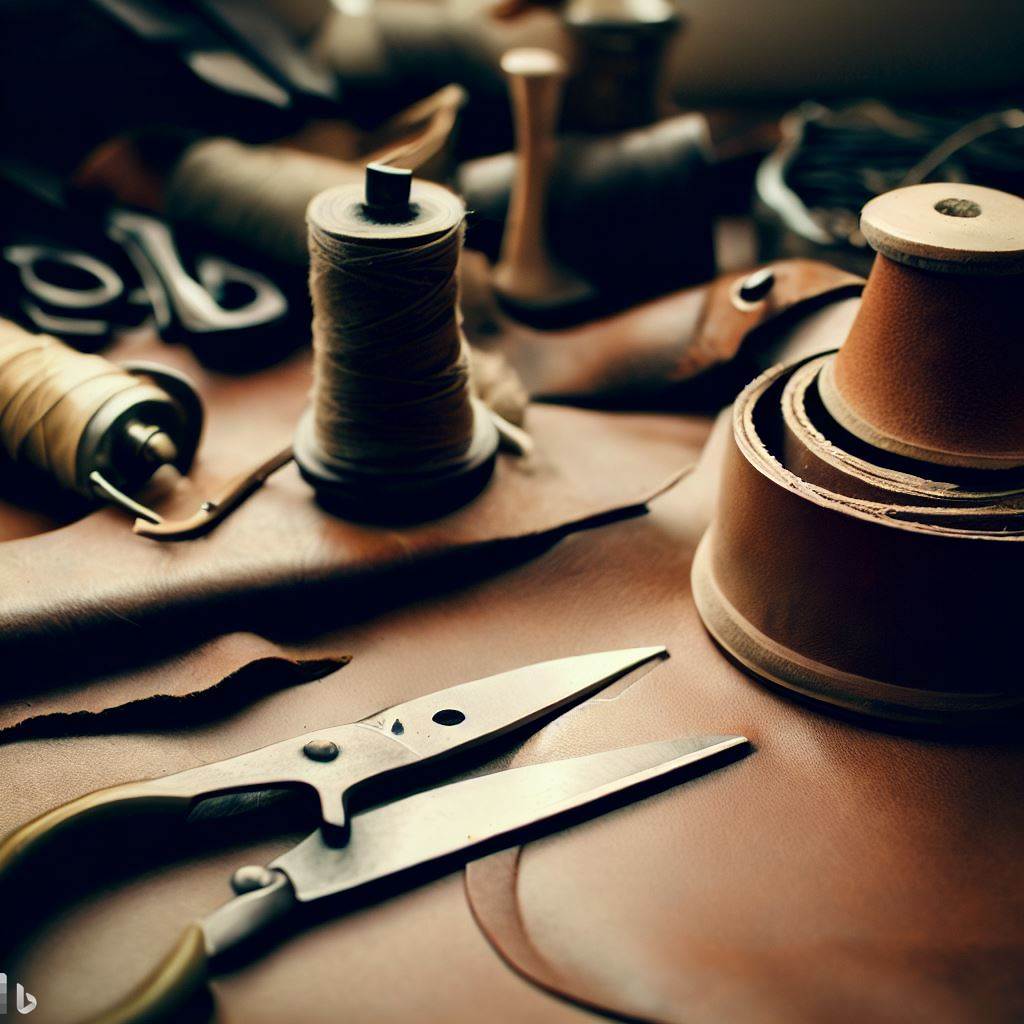Leatherworking of the World: Celebrating Diversity in Crafted Heritage
Introduction
While leather as a material holds universal appeal, diverse cultural leatherworking traditions worldwide reveal humanity’s rich creative spectrum through region-specific designs, techniques, and customs. Honoring ancestral knowledge passed down for generations remains key to each group’s heritage.
In this article, we journey across continents exploring cherished local and indigenous leatherworking legacies through symbolic motifs, distinct processes, and specialized crafts honed to reflect each culture’s values and environment. By understanding leather’s profound importance ceremonially, socially, and economically within various societies, we better appreciate the historic global breadth of leather’s imprint on humanity.
Africa’s Vibrant Leather Diversity
On a vast continent of 54 nations, stunning leatherwork diversity thrives from intricate beadwork to vivid dyes.
Egyptian Leatherworking Dynasties
Along the Nile for 5,000 years, Egyptian leatherworkers honed arts like brightly hued embossed Moroccan leather and gold gilded camel adornments reserved for nobility tombs. Their ingenuity awes.
Egyptian Leatherworking Dynasties
Along the Nile for 5,000 years, Egyptian leatherworkers honed arts like brightly hued embossed Moroccan leather and gold gilded camel adornments reserved for nobility tombs. Their ingenuity awes.
Ethiopian Skin Garments
Ethiopia’s Dorze tribe crafts the shama, a prestigious cotton shawl embroidered in iconic patterns with narrow strips of colored oxhide. The vivid strips dazzle while symbolizing prosperity and status.
Rwandan Imigongo Art
In Rwanda, ceremonial cowhide shields get hand-tooled using imigongo, an intricate technique with ancient roots weaving geometric basketry-like designs in cow dung paint. Each shield’s symmetries entrance.
Zulu Beaded Leather Regalia
Intense hand beading by Zulu tribe women dazzlingly decorates the leather aprons worn by married Zulu women and the regalia of tribal warriors. Bright glass bead hues embellish leather’s natural palette.
Europe’s Refined Legacy Techniques
European leatherwork refined over centuries of guild traditions established iconic regional styles still influential globally.
Spanish Colonial Leather Tooling
Elaborately hand-tooled saddles, furniture, and religious objects characterize iconic Spanish techniques introduced in Mexico and the Americas. Floral patterns intertwine in lavish leather tapestries.
French Leather Bookbinding
From medieval illuminated texts to 20th century luxury editions, French leather binding and gilding has defined pinnacles of bookmaking for centuries through exacting hand-parching and toolingmethods. Pages gain majesty.
Scottish Sporran Making
Whimsically shaggy horsehide sporrans worn over Scottish kilts originate from rugged leather pouch making traditions to safely carry valuables and weaponry. Durable hide protects belongings.
Italian Leather Masks
Venice’s extravagant Carnival celebrations established an enduring leather mask making tradition since the 1500s. Ornately hand-decorated masks allowed anonymity for revelry. Beauty hides identity.
Indigenous American Leatherwork
For Native tribes, leather carries deep ceremonial and cultural resonance expressed through specialized regional techniques.
Plains Tribes Rawhide Containers
Plains nations like the Comanche constructed elaborately stitched rawhide containers, saddles, tepee covers and shields resistive to weather, wear, and warfare. Sturdy bison skins shelter.
Inuit Leather Clothing
Caribou and sealskins provide essential material for Alaska Inuit tribes’ beautifully stitched water-repellant parkas, boots, and mittens that withstand brutal subzero winters. Leather insulates against cold.
Anishinaabe Leather Ornamentation
Great Lakes Ojibwe artisans perform delicate berry bead and porcupine quill embroidery to ornately embellish leather clothing, bundles, and pouches with meaningful clan symbols and celestial motifs. Art uplifts utility.
Navajo Leather Pouches
Heavily waxed and stitched Navajo leather pouches or ta-pah securely stored valuables and heirlooms while ornate geometric patterns referenced sacred tribal symbols. Sturdiness secures precious belongings.
Symbolic Asian Leather Traditions
Across Asia diverse leatherwork carries both spiritual symbolism and widespread daily use from tiny amulets to armor.
Indonesian Puppetry Figures
Intricate hand-tooled and dyed buffalo hide shadow puppets retell Hindu epics and myths in Indonesia through silhouetted dramas. Theatrical folk art traditions puppeteer leather characters to enthrall audiences.
Japanese Leather Armoring
Historic Japanese armorers intricately constructed helmets, breastplates, and shoulder guards of thick, lacquered leather for lightweight mobility desired by samurai. Leather protected warriors.
Tibetan Leather Clothing
Vibrant boots, belts, and jackets employ traditional Tibetan leather working techniques like applique and patchwork to create durable, hand-stitched attire warming in the Himalayas’ bitter climate. Layers defend against cold.
Balinese Ceremonial Objects
Elaborately tooled and masked Balinese leather draws upon sacred cultural symbols. Masks for rituals and shadow puppets enact spiritual stories through exquisite leather artistry passed between generations. Craft channels faith.
Modern Innovations With Heritage
In every region today, leatherworkers blend traditional practices with fresh ideas and sustainable methods to keep their living crafts relevant.
Aboriginal Synthetic Leather Art
Combining customary designs with recycled vinyl,young Aboriginal artists activistly repurpose materials into cutting-edge wearable symbolic art addressing issues like climate change through modern leather mediums.
Neo-Victorian Steampunk Accessories
The anachronistic ornate Victorian leather fashions favored by the steampunk subculture get reinterpreted from modern ethos like upcycling vintage leather or adding clever modern functions. Heritage punks progress.
Sustainable plant-tanned Leathers
Drawing from ancient techniques, Argentina’s vegetable tanneries like Musho eschew toxic chromium for renewable extracts to produce eco-friendly leathers still beautifully suited to traditional gaucho leatherwork. The old ways prove best.
Contemporary Custom Saddlery
Heirloom leather crafts like bespoke horse tack and saddlery remain beloved for equestrians worldwide by adaptively incorporating lighter metals, synthetic cords, and customized digital patterning into otherwise traditionally hand-tooled leatherwork. Blending propels durability, comfort, and artistry.
Conclusion
While common material, leather’s profound cultural resonance and diversity of worldwide leatherworking traditions continuously renews our awe of human creativity. The imaginative spirit of past and present artisans worldwide shines through surviving heritage leather pieces and practices. Each hand-tooled leather object links us to generations of makers from countless cultures honoring leather’s gifts through ingenious handwork. From faded patriarch’s saddle to child’s cherished mask, these diverse global leather legacies whisper how leather continues binding humanity’s hopes into tangible form. The future possibilities remain boundless for leather’s global creative family if emerging artisans balance innovation with honor for ancestral wisdom.
